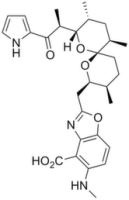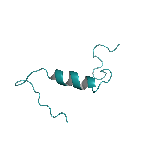Amyloid-β
Amyloid refers to abnormal fibrous and extracellular deposits found in various tissues. Amyloid fibers and oligomers are associated with Alzheimer’s disease and amyloid-β peptides (e.g. β-Amyloid Peptide (1-42)) are a predominant component of amyloid plaques. Methoxy-X04, Thioflavin T (ThT) and the next generation Thioflavin X (ThX) are used to stain amyloid. Researchers can make big savings on Amyloid-β related peptides and products, our prices are around 25-50% less than other suppliers.
Acridine Orange hydrochloride (HB0699)
Description:Cell permeable fluorescent nucleic acid binding dye
Aftin-4 (HB3741)
Description:Roscovitine-related purine with no activity on CDKs. Roscovitine control. Increases Aβ42 production.
Purity:>98%
Aftin-5 (HB3742)
Description:Roscovitine-related purine with no activity on CDKs. Roscovitine control. Increases Aβ42 production.
Purity:>98%
7-Amino-4-methylcoumarin (HB0694)
Description:Highly sensitive and selective fluorogenic H2S probe.
Purity:>98%
β-Amyloid Peptide (1-42) (human) (HB9805)
Description:β-Amyloid (1-42) protein fragment. Implicated in Alzheimer's disease.












